
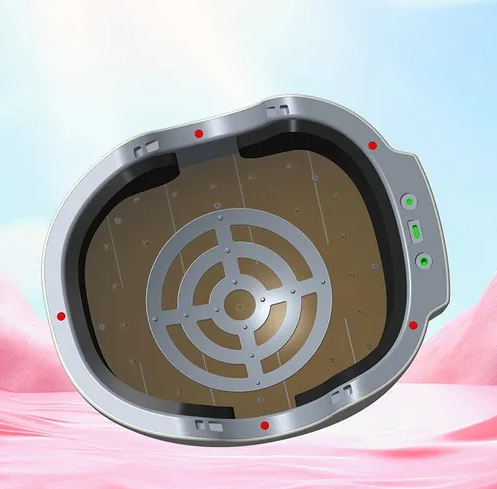
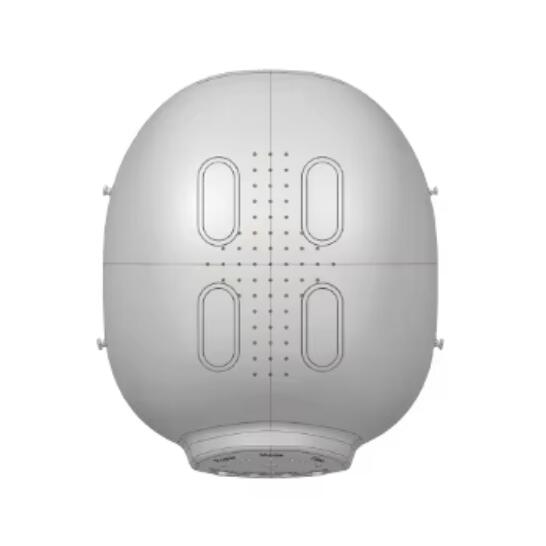
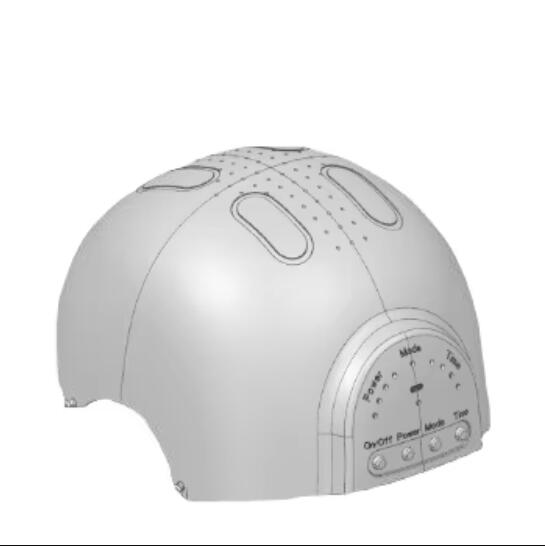
Photo-Biomodulation Helmet for Autism Near Infrared Light Therapy Neurofeedback
Model:COZING-C320
User group:
1. Doctors, professor
2. Researcher
3. End user: Such as ALzheimer and Parkinson patients , or mental problems
What are the indications of COZING-C320 ?
Difficulty Performing Familiar Tasks
Problems with Language
Disorientation
Trouble with Abstract Thinking
Inappropriate Behavior
Alzheimer
What's the technical parameter of the COZING-C320?
Number of diodes: | 320 LEDs [ODM is acceptable] |
Wavelength: | 810 nm LED [ODM is acceptable] |
Frequency: | 1-20,000 Hz can be adjusted |
The default frequency setting: | 30Hz--the frequency data can not show on the display, but there are some buttons to adjust it. |
Duration: | 0-30 minutes adjustable |
The intensity of the LED: | 25, 50, 75 or 100% can be adjusted, that is means 4 level can be adjusted |
Remote controller: | wireless remote controller |
Total Max. output power : | 16W |
Single LED max. output power: | 50mW |
Operation: | It can be controlled manually or by remote controller |
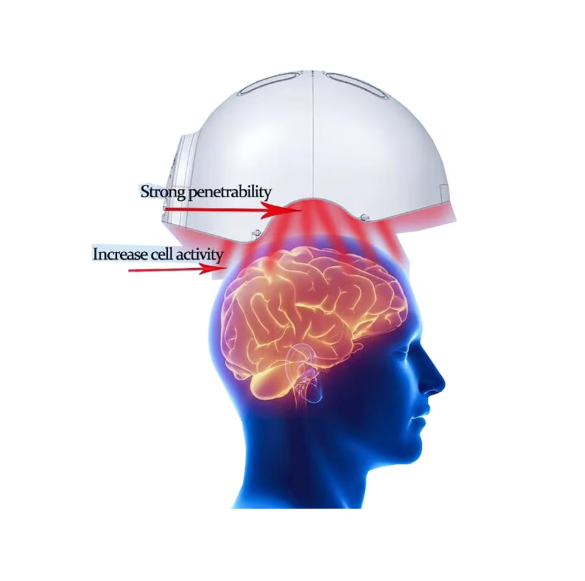
What are the advantages of COZING-C320?
1,810nm wavelength has the ability to extend through the skull to the brain, promoting recovery from traumatic brain injury and reducing long-term nerve damage
2,810nm wavelength can help patients with severe depression and anxiety
3, NIR light is absorbed by cytochrome C oxidase in mitochondria
4, Increased blood flow, energy, neuroprotection, and less inflammation
5, Treat stroke traumatic, neurodegenerative, and psychiatric disease.
6, Quality, Much Better price
7, Easy to operate, suitable for home or clinic use
8, Supply treatment protocols free
9, Best after-sale service
10, The helmet also with the nasal laser applicator &ear laser applicator(by remote controller controlled), thus it can enhance the treatment efficiency effectively.
11. We divided the brain into 12 regions, in each region we can adjust the power intensity, frequency data, and time.
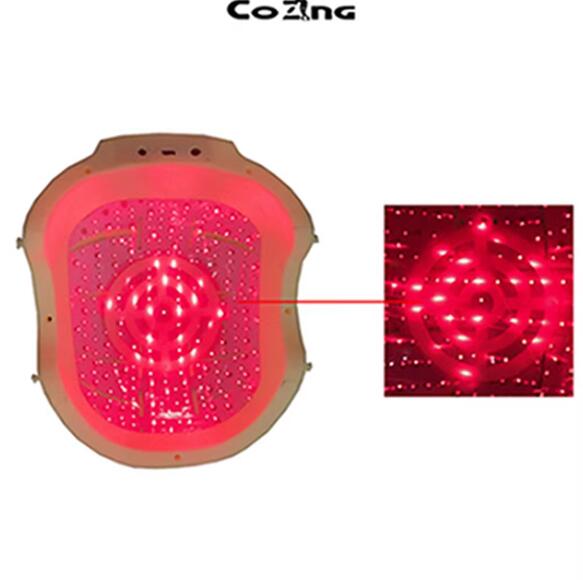
How does COZING-C320A work?
People wear an Alzheimer laser treatment helmet which delivers infrared light deep into the brain for six minutes per treatment. This stimulates mitochondria that generate most of the chemical energy needed to power the biochemical reaction in the brain's cells.
Our researchers say this can lead to a rise in the level of an organic compound called adenosine triphosphate (ATP), which is markedly decreased in dementia patients, provides energy to drive processes in living cells, and helps nerve cells repair.
The therapy can also increase levels of nitric oxide, and therefore blood flow in the brain, by improving the flexibility of the membrane that lines the inside of blood vessels. This opens up blood vessels so more oxygen can reach the white matter deep in the brain. The helmet can be easily worn by patients, meaning the therapy can be readily delivered at home.